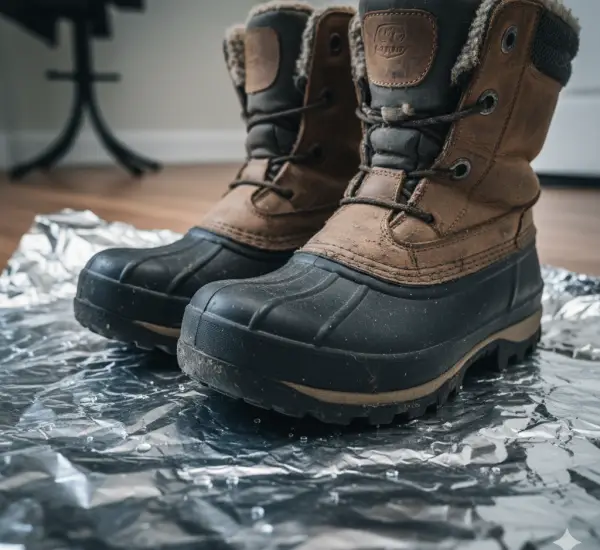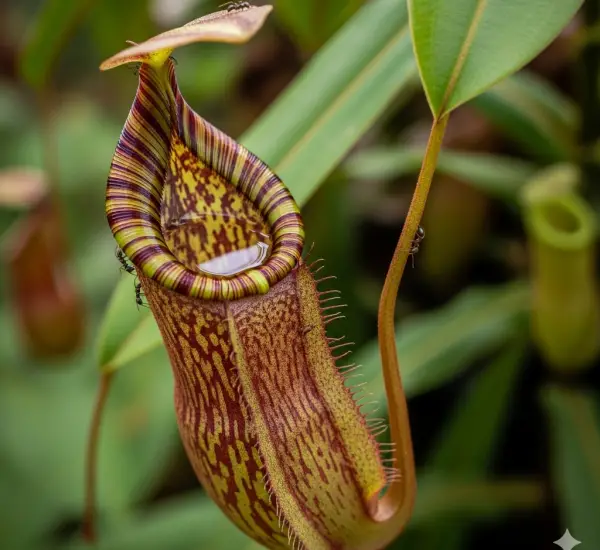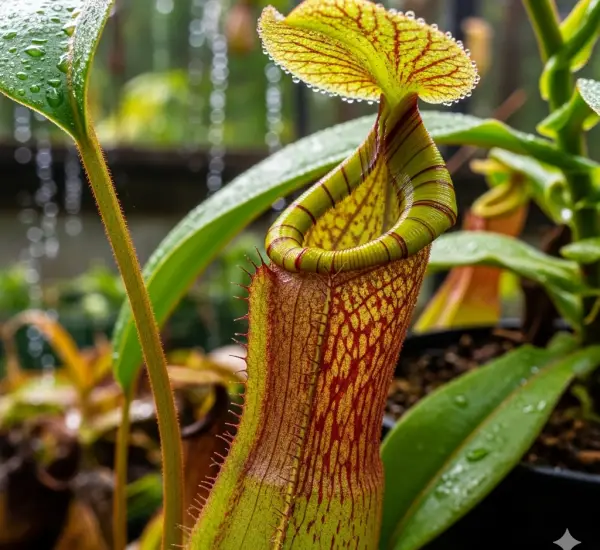Artichokes are a striking addition to any garden, valued not only for their unique appearance but also for their delicious, tender flower buds. These perennial vegetables thrive in mild climates and can produce for several years when properly cared for. One of the most important steps in growing artichokes is knowing when and how to harvest them to get the best flavor and texture.
Harvesting at the right time ensures your artichokes are tender and flavorful, while harvesting incorrectly can result in tough, fibrous buds. This guide walks you through the optimal timing and method for harvesting artichokes to enjoy a productive, high-quality yield.
When Are Artichokes Ready to Harvest?
Artichokes grow as large, rounded buds at the end of tall stalks. These buds are actually immature flower heads. If left unharvested, they will bloom into beautiful purple thistle-like flowers—attractive but no longer edible.
The ideal time to harvest artichokes is just before the bud begins to open.
Look for These Signs:
-
Tight bud: The leaves (bracts) should still be closed and tightly packed.
-
Size: Main buds typically grow 3 to 5 inches in diameter, while secondary buds are smaller but still edible.
-
Firmness: The bud should feel dense and firm when gently squeezed.
-
Timing: In most climates, the main harvest season is late spring to early summer, with some varieties producing a smaller fall crop.
Once the outer bracts begin to separate or spread open, the artichoke becomes tough and loses its culinary quality.
How to Harvest Artichokes
Harvesting artichokes requires a clean cut and gentle handling to avoid damaging the plant or nearby buds.
Step-by-Step Instructions:
-
Use a sharp knife or garden pruners to cut the stem about 1 to 3 inches below the base of the bud.
-
Hold the bud securely while cutting to avoid bruising or dropping it.
-
Angle your cut slightly to prevent water from sitting on the cut surface and causing rot.
-
Inspect the plant for smaller buds growing lower down the stalk. These will mature soon after the central bud is harvested.
Continue checking the plant regularly for new buds. Harvesting the central bud encourages the plant to redirect energy to producing secondary and tertiary buds.
How Often Can You Harvest?
Artichoke plants can produce for several months during the growing season, depending on the variety and climate.
-
Primary bud: This is the first and largest bud at the top of the stalk. It ripens first and should be harvested as soon as it reaches full size.
-
Side buds: These appear after the main bud is harvested and can be picked when they reach 2 to 4 inches across.
-
Harvest window: During peak season, check plants every few days to avoid missing the ideal harvest stage.
In regions with mild winters, artichokes can offer two harvests—one in spring and a smaller flush in fall.
Post-Harvest Handling
To maintain freshness and flavor, proper post-harvest care is important.
-
Refrigerate immediately: Place harvested artichokes in the refrigerator as soon as possible.
-
Storage tips: Store unwashed in a plastic bag with holes for ventilation. They can last for up to a week when kept cool and dry.
-
Avoid washing until ready to cook, as excess moisture can lead to mold or spoilage.
If you have a large harvest, consider cooking and freezing artichokes to enjoy them year-round.
Encouraging Continued Production
After harvesting, caring for the plant will ensure future productivity.
-
Feed with compost or a balanced fertilizer to replenish nutrients.
-
Water consistently to prevent stress and promote bud formation.
-
Cut back the stalks after the last buds have been harvested to redirect the plant’s energy into root and shoot development.
-
Mulch around the base to retain moisture and suppress weeds.
Healthy, established artichoke plants can produce for 4 to 6 years or more with proper maintenance.
What to Do with Overripe Buds
If buds are missed and start to flower:
-
Leave a few to bloom for ornamental value—artichoke flowers are striking and attract pollinators.
-
Deadhead spent flowers to prevent the plant from wasting energy on seed production.
Allowing some buds to flower won’t hurt the plant, but removing them helps conserve energy for the next season’s crop.
Tips for Best Harvest Results
-
Harvest early in the morning when buds are most hydrated.
-
Always sanitize your cutting tools to prevent disease spread.
-
Use harvested buds promptly for best taste and texture.
-
Wear gloves if you’re sensitive to the plant’s thorns or bracts.
Final Thoughts
Harvesting artichokes at the right time and using proper techniques ensures the best quality buds for your table. With a little observation and timely care, you’ll enjoy delicious, homegrown artichokes and a more productive plant. Whether you’re growing them for food or ornamental beauty, mastering the harvest process is key to getting the most from your artichoke patch season after season.



